Domani Studios: The art of technology
Whether creating apps or building global platforms, Domani Studios thrives on concrete client relationships and cutting-edge technology
“Clients want to work with people who make their daily lives easier,” states Domani Studios founder and executive creative director Jonathan Hills. “The final product needs to be amazing. But they also want to walk into work knowing that someone understands what’s going on, so they don’t have to sweat it.”
For Domani, that final product could be anything from an online scavenger hunt for cosmetics company Este Lauder to a digital recreation of the Apollo 11 landing on its 40th anniversary. “That was a huge project we did with the Martin Agency and John F. Kennedy Presidential Library and Museum,” recalls Hills of Domani’s We Choose The Moon website, which recreates the lunar landing mission in full-screen animation.
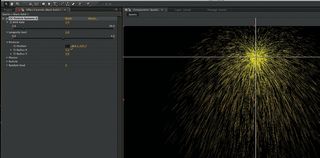
At launch, it was real-time: site visitors could see exactly where the rocket was and listen to live streaming audio provided by NASA – log on at 4am and you’d hear what was going on at that exact second 40 years ago. Domani also created a Twitter engine to auto-tweet ‘live’ transmissions. “We knew people would be watching,” says Hills. “We do lots of site launches, but you don’t normally get your audience counting down to the exact second. It had to go off without a hitch.”
The studio’s ethos began with a visual orientation, but the emphasis on technology has grown. “We’re a creative agency with a strong technical element. We started as a visual design studio – 10 years ago we were culturally flat compared to what we’re doing today.”
Domani has found a perfect home in the Dumbo neighbourhood on Brooklyn’s East River. Once something of a post-industrial wasteland, the area is now known for its vibrant digital and tech community. The studio makes minimal use of freelancers, except in a few specific areas such as copywriting and film, preferring to foster a sense of family within the team. Projects usually fall into one of two categories: meeting branding and business needs, such as CRM and content management platforms, or marketing and communications, including social media, rich media and games.
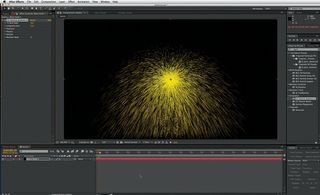
Big platform builds are an increasingly large part of the studio’s work. “We used to do a lot of experiential Flash games and sites. Now it’s more global e-commerce builds and the like,” he says.
For example, Domani has just relaunched Umbro’s global e-commerce website – creating a content management system for use in 30 countries worldwide on a tight four-month timescale. “We wanted to take the products and smash them together with the various stories they had,” Hills explains. “The site tells the story on the product detail page rather than linking out – reinforcing the product’s value with stories that support it, right next to that information, and giving people an engaging experience.”
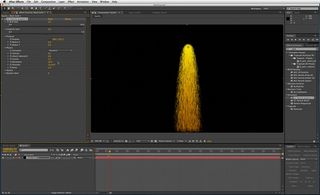
Baby buggy manufacturer MacLaren is another heavyweight brand that has sought Domani’s expertise, in this case to help plan for its global e-commerce roll-out. “This involved digital strategy, designer and information architecture,” says Hills. “They wanted to get more retailers selling their products. We did really extensive deep strategy, looking at how they could sell and ship to more countries. It wasn’t just about design – the creative is just a well-crafted visual layer.”
Hills worked for several large interactive agencies in the late 90s, at a time when people were investing in dotcom start-ups. “I cut my teeth on projects for Boo.com, CinemaNow and Zagat. It was a great time to ramp up, adapt and re-adapt as the space evolved, but I reached a point where I wanted to be more connected to the clients and the work than was possible in that larger agency environment,” he says.
Starting Domani in 2001 – with an initial team of four – offered the chance to forge much closer client connections and take complete control of the work, and the company now employs around 35 people. “Once we locked in with a few clients, we quickly scaled up to service their needs,” Hills explains. “We’ve grown very organically. We didn’t borrow a dime to get rolling, and we’ve built this thing in gradual increments.”
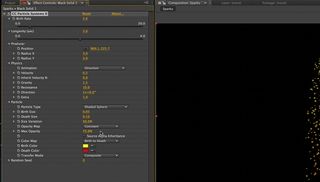
He continues: “We ended up working with luxury brands like Este Lauder and Gucci, along with some non-profits and museums – such as the Whitney Museum of American Art – which were tie-ins from the luxury brands we worked with.”
Larger agencies were initially a significant source of business, with Domani assisting with production technology – this once accounted for around 60 per cent of the studio’s workload. Thanks to its drive to engage in direct collaboration, that figure has now dropped away.
“We’re much more focused on direct relationships,” explains Hills. “We needed to find the right headaches. Working with agencies sometimes felt like the wrong kind of headaches – where you couldn’t get past them to a better place.”
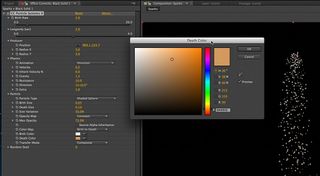
Whatever the project, for Hills it’s all about the client partner. “We’re really interested in the relationship side,” he says. “That’s partly because we don’t have a sales team that’s aggressively out there and I’m not interested in pitching day in, day out. We want to find new clients we can work with for the next 10 years. We’ve been working with many of our existing clients – Nintendo, Este Lauder, Starwood Hotels – for that amount of time.”
He continues: “Brands work with us because we’re very focused. We’re small, but we’re doing good things – and we perhaps push the envelope a bit more fluidly than a company that has more people.”
Current endeavours include working on a live video platform and making use of geolocation data to create an app that times the walking speeds of people. However, developing such technologies isn’t a strictly formal process at the studio.
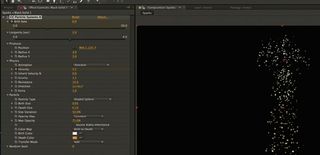
“It’s more about trying to hire people who are genuinely interested in the stuff,” explains Hills. “It’s a pretty small company – we’re excited and sharing things – and pushing ourselves to stay on top of it. There really isn’t anywhere to hide here, so it’s important that we find people who are driven and independently minded,” he says.
“The underlying theme throughout all the work we do is helping brands express themselves and connect with their audience,” he adds. “When we create interactive experiences, it’s something people can choose to be part of – we’re not simply pushing traffic. People won’t spend time with something if they’re not genuinely interested in it.”
Learn how to be a creative director! Insider advice at our sister site, Creative Bloq.

Thank you for reading 5 articles this month* Join now for unlimited access
Enjoy your first month for just £1 / $1 / €1
*Read 5 free articles per month without a subscription

Join now for unlimited access
Try first month for just £1 / $1 / €1
Get the Creative Bloq Newsletter
Daily design news, reviews, how-tos and more, as picked by the editors.
The Creative Bloq team is made up of a group of design fans, and has changed and evolved since Creative Bloq began back in 2012. The current website team consists of eight full-time members of staff: Editor Georgia Coggan, Deputy Editor Rosie Hilder, Ecommerce Editor Beren Neale, Senior News Editor Daniel Piper, Editor, Digital Art and 3D Ian Dean, Tech Reviews Editor Erlingur Einarsson, Ecommerce Writer Beth Nicholls and Staff Writer Natalie Fear, as well as a roster of freelancers from around the world. The ImagineFX magazine team also pitch in, ensuring that content from leading digital art publication ImagineFX is represented on Creative Bloq.
